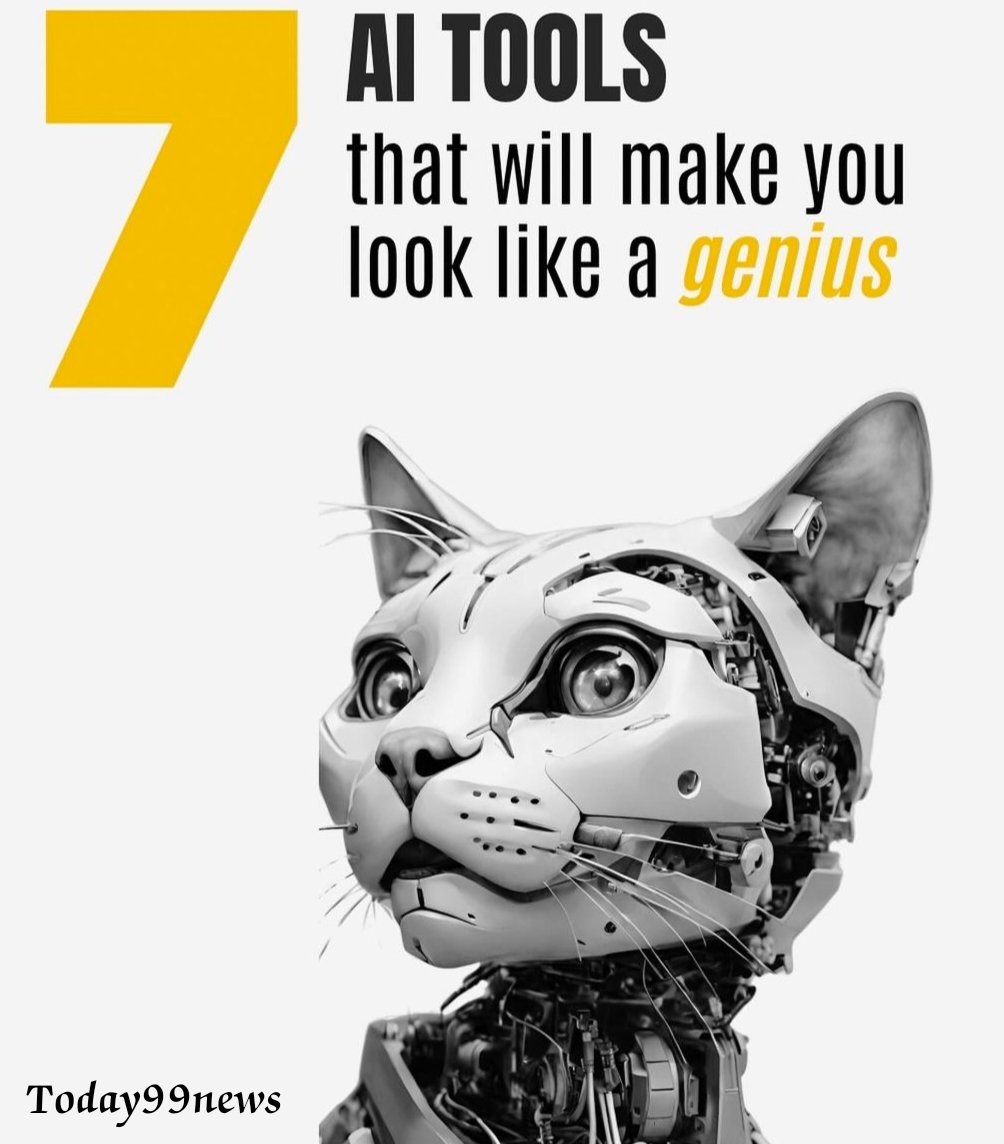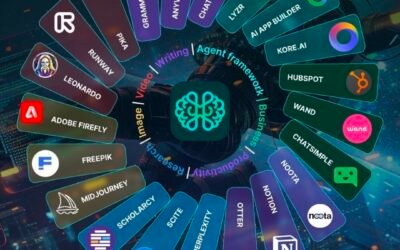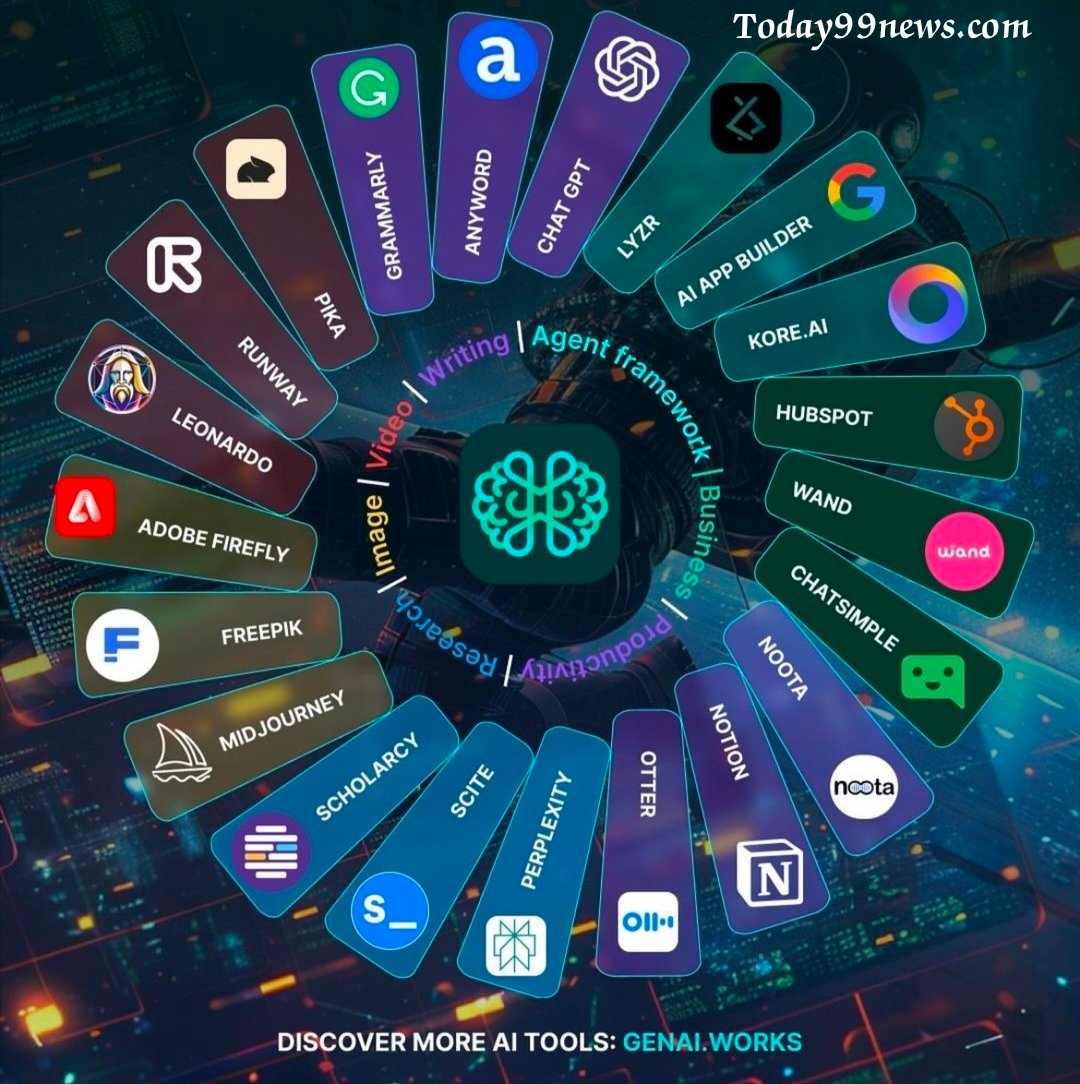There’s quite a stir around the new ChatGPT A.I.
OpenAI’s most recent chatbot, GPT-4o, is now partially available. This requires a lot of analysis.
This month, OpenAI debuted the most recent iteration of their wildly successful  ChatGPT chatbotwhich had a new voice that was imbued with human feelings and emotions. In its online demo, the bot was trained to answer a child’s geometry problem, but in reality, it proved to be more of a temptation gone wrong.
ChatGPT chatbotwhich had a new voice that was imbued with human feelings and emotions. In its online demo, the bot was trained to answer a child’s geometry problem, but in reality, it proved to be more of a temptation gone wrong.
While a better voice was included in the new ChatGPT, most of its promised new capabilities were not included when it was published (the firm told me this has been suspended for improvement).
It’s still not possible to analyze a math problem or anything like in real time using the phone’s video camera.
The ChatGPT voice, which some compared to actress Scarlett Johansson, was deactivated by the company during the delay because she had threatened to sue, which prompted them to replace it with a different female voice.
You can upload photos for bot analysis with the new ChatGPT for the time being.
Users can anticipate more accurate, quicker responses.
In real time, the bot can also translate between languages, however ChatGPT speaks in an outdated, robotic tone.
Still, it was worthwhile to review because it’s a top chatbot that has revolutionized the tech sector. I felt conflicted about the chatbot after using it for two weeks. It was terrible at arithmetic and physics, but it was excellent at translating languages. Overall, I didn’t notice any notable advancements over ChatGPT-4, the previous iteration. Without a doubt, I won’t be teaching my children with it.
A.I. companies are starting to release half-baked goods instead of promised new capabilities, which is becoming a confusing and unpleasant trend. Sam Altman, the CEO of OpenAI, recently came under fire for Human, a $700 A.I.-funded firm that made a talking lapel pin and received negative press for being overly dramatic and gimmicky.A.I. chatbot that Meta recently incorporated to its app did not function well in most of the tasks it was promised for, such searching the web for airline tickets.
A.I. goods are being released ahead of schedule by companies,
in part, because they want users to assist them in learning how to improve it using this technology.

When tech firms used to release new phones or other devices, we would see new features like cameras and bright screens. Businesses are using artificial intelligence to showcase technology that are only created and used in restricted, controlled situations. It might or might not produce an established, dependable product.
The lesson from this is that, as customers,
we should approach artificial intelligence slowly and cautiously and be wary of advertisements.
It is best to hold off on making large purchases of any subpar technology until we have proof that the products perform as promised. You can now test out the latest version of ChatGPT, dubbed GPT-4o (where “o” stands for “omni”), for free via OpenAI’s website and mobile app. Before the allotted time runs out, those who don’t pay can submit a few inquiries, while users who pay $20 a month can submit more queries than the bot. According to OpenAI, it made input gathering possible in order to enhance its rotating method of ChatGPT updates.(Last year, The New York Times sued OpenAI and its partner, Microsoft, alleging that the chatbot was trained without authorization using news stories protected by copyright.) Here are a few noteworthy features of ChatGPT’s most recent version.
OpenAI released a video with Sal Khan, the CEO of Khan Academy, a nonprofit educational institution, and his son Imran to highlight the latest features of ChatGPT-4o. ChatGPT was able to solve the geometry problem step-by-step using a video camera.
Even though ChatGPT’s video analysis capability is still in development, I was still able to upload pictures of geometry difficulties. While ChatGPT was able to successfully answer some simple problems, it stumbled over more difficult ones.
I discovered triangles as one of the problems on a SAT practice website. Although the bot comprehended the query, its response was incorrect.
An image of a person swinging was shared by Orange County, California, physics teacher Taylor Gwynn.
This type of physics problem is commonly seen in Advanced Placement Calculus examinations.
Though ChatGPT gave the incorrect response and had other logical mistakes, it was able to fix itself thanks to Mr. Gwynn’s comments.
He stated, “I was able to train it, but I’m a teacher.” “How can a pupil identify the errors? They believe the chatbot to be correct.
I’ve noticed that ChatGPT-4o does some arithmetic computations well, although its predecessors had trouble. Nevertheless, it continued to lag behind rival chatbots like Meta AI and Google’s Gemini in fundamental mathematical functions, including counting. ChatGPT-4o said “Wonderful” when I questioned it about four-letter words that begin with the letter “W.” OpenAI stated that it is constantly trying to enhance the way its system responds to challenging mathematical issues.
About whether he would leave ChatGPT alone with his son as a tutor, Mr. Khan, whose company employs OpenAI’s technology in their teaching software KhanMigo, did not respond to demands for comment. Additionally, according to OpenAI, the new ChatGPT was more adept at thinking or using reasoning in conjunction with responses. I asked it to make a Where’s Waldo? puzzle as one of my favorite puzzles to try it out. I said that the difficult part was going to be finding him when it displayed a picture of a gigantic Waldo in a throng. Next, the bot produced a larger Waldo.
Subbarao Kambhampati, an Arizona State University professor and researcher, also tested the chatbot and found no appreciable difference in thinking from earlier iterations.
He gave ChatGPT a question to solve:
How can I stack the blocks on a table so that block A is on top of block B and block B is on top of block C without moving block C if block C is above block A and block B is separate?
The blocks cannot be arranged under these circumstances, is the response. But just as with other iterations, ChatGPT-4o routinely figured out a way to move block C. According to Mr. Kambhampati, ChatGPT occasionally has trouble providing accurate responses, which runs counter to how artificial intelligence is supposed to function.
You’re using your intelligence when you fix it,
he added, but you can do it. In a glimpse at the test results,
OpenAI said that GPT-4o performed about two percent better on general knowledge questions than ChatGPT’s earlier iterations, suggesting some progress in its reasoning abilities. Additionally, according to OpenAI, the new ChatGPT might translate words in real time, making it possible for you to converse with others who speak different languages. I used Mandarin and Cantonese to test ChatGPT, and I was able to validate that it correctly translated sentences like “I need a king-size bed” and “I want to book a hotel room for next Thursday.” The pronunciation seemed a little strange, though. (To be honest, I’m not that good with broken Chinese either.) Pronunciation is still being worked on, according to OpenAI.
Additionally, ChatGPT-4o was a superb editor. It removed superfluous words and phrases quickly and effectively when I provided it my written paragraphs. The fact that ChatGPT performs well in language translation gives me hope that it will soon develop into a more beneficial function.
In summary:
With ChatGPT-4o, OpenAI accomplished a good thing by allowing users to test the technology without charge.
Free is the appropriate price: we shouldn’t have to pay for these A.I. systems since we’re using our data to help train them and improve them. AI still has a lot of potential to grow into a useful math teacher that we would like to converse with. However, when we see and hear it, we ought to trust it.















